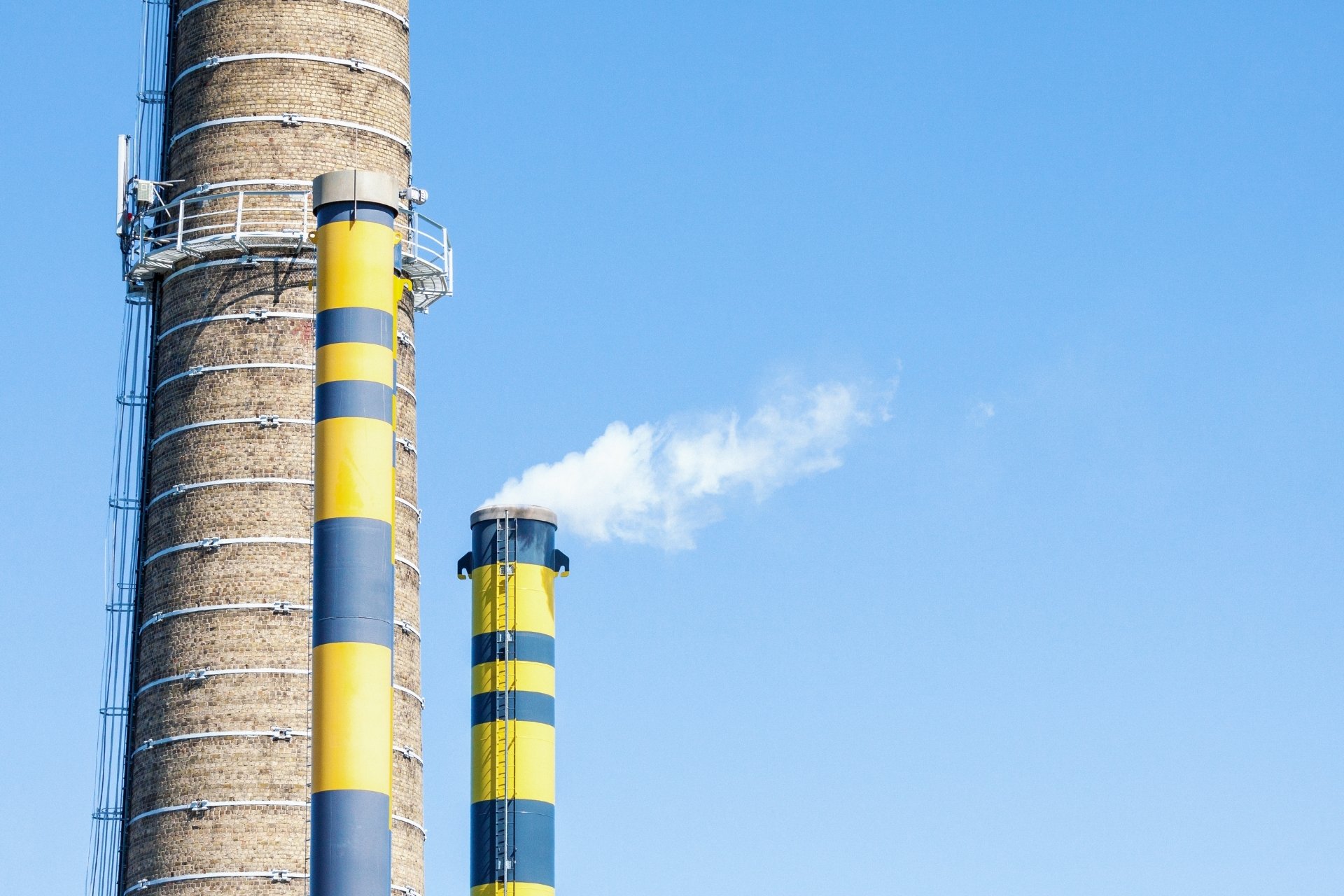Summary
A Validation Report documents and verifies that environmental remediation, excavation or construction works have achieved their intended outcomes and complied with approval conditions. It provides the evidence regulators and certifiers need to confirm that a site is safe, stable and suitable for its approved use.
Definition
A Validation Report is a formal document prepared following remediation, earthworks or decontamination activities that demonstrates—through sampling, testing and documentation—that the works meet agreed environmental, health and regulatory criteria.
Why It Matters
Validation reporting is a cornerstone of environmental consulting, land remediation and compliance in Australia because it confirms that contamination or environmental risks have been successfully addressed. Key reasons it matters include:
- Regulatory compliance: Validation Reports are often required under state legislation such as the Environmental Planning and Assessment Act 1979 (NSW) and in accordance with the National Environment Protection (Assessment of Site Contamination) Measure 2013 (NEPM). They ensure the remediation process has met applicable investigation levels, guidelines and planning conditions.
- Evidence of completion: They provide written and analytical proof that remediation or construction works (e.g., soil removal, capping, dewatering) have achieved objectives and the site is suitable for its intended land use.
- Transparency for stakeholders: Validation Reports give councils, the NSW EPA (or equivalent regulator), auditors, developers and investors confidence that the site meets environmental performance standards.
- Risk management: Without validation, projects face delayed occupancy approvals, increased liability and the possibility of rework or enforcement action.
- Integration with compliance and remediation programs: Validation ties together all prior stages—investigation, remediation and monitoring—into a final compliance record, forming part of the site’s environmental history.
When It’s Required
Common triggers
- Following remediation works: After a Remediation Action Plan (RAP) has been implemented, validation is required to confirm remediation goals have been met (for example, removal of contaminated soil or successful containment).
- Redevelopment projects: Where contaminated or potentially contaminated land is being redeveloped, validation is required before construction or change of use.
- EPA or council consent conditions: Many planning and development consents mandate submission of a Validation Report to confirm compliance with environmental conditions.
- Soil management and waste classification: When material is excavated, reused or removed offsite, validation sampling confirms correct soil classification and disposal in line with the Protection of the Environment Operations (Waste) Regulation 2014.
- Decommissioning or closure: For infrastructure such as Underground Petroleum Storage Systems (UPSS) or industrial facilities, validation ensures residual contamination is within allowable levels before site handover or re-use.
- Groundwater or vapour validation: In complex sites, validation may also include groundwater or soil vapour monitoring to verify that no residual plume remains.
Legislative and guidance context
- The NEPM (2013) sets national criteria for soil and groundwater investigation and validation levels.
- State-specific frameworks—such as the Contaminated Land Management Act 1997 (NSW) and EPA Contaminated Sites Guidelines—outline how validation must be performed, documented and certified.
- In NSW, the “Guidelines for Consultants Reporting on Contaminated Sites” specify the structure and content of a Validation Report, including QA/QC data, analytical tables, and compliance statements.
What a Validation Report Includes
A robust Validation Report typically contains:
- Scope of works: Summary of remediation, excavation or management activities undertaken.
- Sampling and testing methodology: Details of how samples were collected (e.g., soil, groundwater, vapour) and the analytical methods used.
- Laboratory results: Analytical data comparing contaminant concentrations to NEPM or site-specific criteria.
- Site maps and figures: Locations of excavation areas, validation points, and site boundaries.
- Waste classification and disposal records: Chain of custody documentation and landfill receipts where applicable.
- Comparison to objectives: Clear demonstration of compliance with the Remediation Action Plan and consent conditions.
- Conclusions and recommendations: A compliance statement confirming that the site meets criteria for the intended land use, plus any residual management requirements.
How We Can Help
At Nova Group Pacific, we specialise in the preparation, review and delivery of Validation Reports as part of our integrated environmental and geotechnical consulting services. Our services include:
- Remediation validation and reporting – Collection, interpretation and presentation of soil, groundwater and vapour data to confirm remediation success.
- Regulatory liaison – We work directly with councils, auditors and state regulators to ensure Validation Reports meet submission and approval requirements.
- Data analysis & mapping – Preparation of GIS-based validation figures, data tables and QA/QC documentation.
- Integration with site assessments – Linking validation outcomes with prior Environmental Site Assessments (ESAs), Remediation Action Plans (RAPs), and Soil & Waste Classification processes.
Contact our expert team to ensure your Validation Report is compliant, defensible and supports your project’s approval and closure requirements.
Related Terms and Concepts
- Remediation Action Plan (RAP) – The plan that outlines remediation objectives and criteria later verified in the Validation Report.
- Environmental Site Assessment (ESA) – The investigative phase that identifies contamination before remediation and validation.
- Soil & Waste Classification – Determines how materials excavated during remediation are managed and disposed of.
- Groundwater Sampling – Used in validation to confirm subsurface impacts have been addressed.
- Hazardous Waste – Wastes that may be generated during remediation and must be tracked and validated through disposal documentation.

 Get Your Free Site Assessment
Get Your Free Site Assessment









 Get Your Free Site Assessment
Get Your Free Site Assessment









.png)










